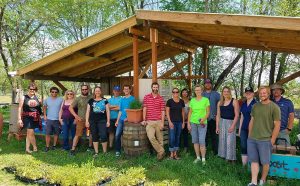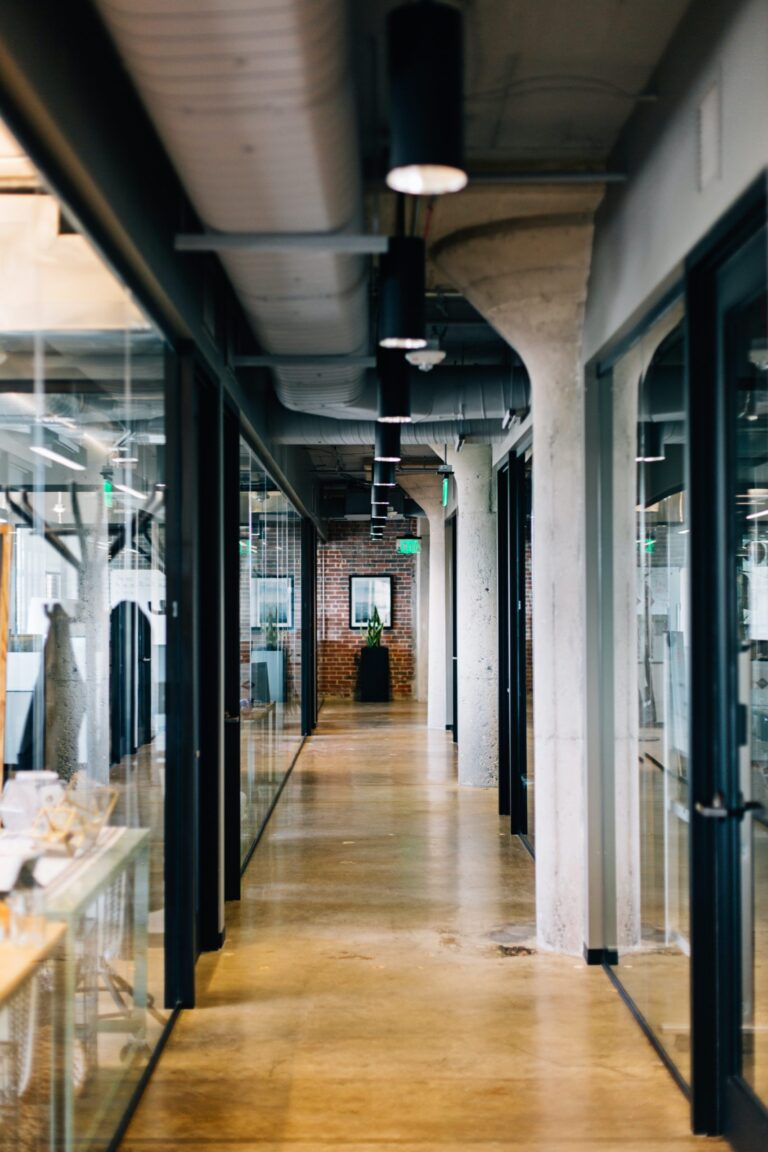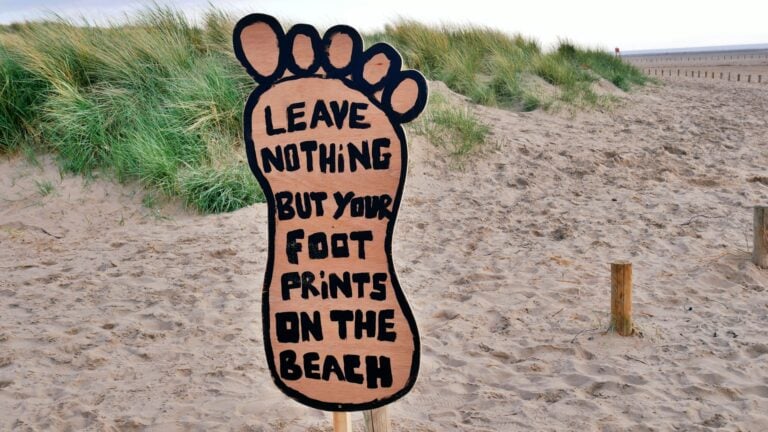Sustainability Leadership Blog
 Earlier this year, I was fortunate enough to receive a scholarship that made it possible for me to participate in the Sustainability Leadership Course run by the Sustainability Living Association. I have a predominantly scientific and academic perspective on sustainability, as I am currently completing a Master in Greenhouse Gas Management and Accounting (MGMA) at Colorado State University. The course appealed to me because sustainability is intrinsically interlinked with greenhouse gas management, a career path I am soon to be entering.
Earlier this year, I was fortunate enough to receive a scholarship that made it possible for me to participate in the Sustainability Leadership Course run by the Sustainability Living Association. I have a predominantly scientific and academic perspective on sustainability, as I am currently completing a Master in Greenhouse Gas Management and Accounting (MGMA) at Colorado State University. The course appealed to me because sustainability is intrinsically interlinked with greenhouse gas management, a career path I am soon to be entering.
Prior to being greenhouse gases, gases are fossil fuels. We all use fossil fuels, each and every one of us, and thus we all generate greenhouse gases. From the food we eat, to the products we consume, the water we drink, and of course the cars we drive. For the privileged of us, even the planes we fly. Every aspect of society is fueled by greenhouse gases in some way or another. So, I went into this course wanting to learn how I can make small changes both personally and also within our society, to become more sustainable and as a result reduce greenhouse gas consumption.
Some of my questions going into this course were what indeed is sustainability, this buzz word that we all love so much, and how can it be linked to businesses and our societal system? What better way to go about answering this question surrounded by a group of conscious professionals that are equally as invested in their personal and professional development in the context of sustainability. The group is diverse, made up of farmers, restaurateurs, nipple cream salesman, sustainability advisors, brewery owners, CEO’s and self-titled citizens among many more. We have opposite and opposing backgrounds, but all have the one major thing in common; we care about how we can do better, how we can be better.
What is sustainability?
The March coursework kicked off with a bang, when Peter Backlund from the School of Global Environmental Sustainability at Colorado State University posed the question of what really is sustainability? Of course, it means different things to different groups and under different contexts. However, general consensus amongst the group was; use of resources at a rate that is less than which they can be replenished naturally, whilst concurrently meeting the needs of the present without compromising the needs of future generations.
There are some issues with this approach though; we don’t actually know what future generations needs are let alone how we should ensure that they are able to meet them. Further, how should we weigh future needs against current needs? Human needs against other species needs? Should we still be focusing on continued economic growth? And if so how long can this continue? You can see the issue is inherently complex. The same approach to sustainability is not suitable for every problem. There will be some resource consumption that is necessary regardless of the fact that it is depleting the natural system faster than it is being replenished, purely because there is yet to be a suitable alternative technology.
Water is a resource many of us take for granted. A huge proportion of the world does not have access to clean drinking water. In many places, water extraction is completely unsustianble, but should we ask people living in those communities to go without their basic human rights of clean drinking water and access to a degree of personal hygiene? Technologies exist to desalinize water but these may not be completely scalable, or are simply too expensive in certain circumstances. This could illustrate when unsustainable resource consumption, is necessary until we can find a better solution.
In contrast, take the transition away from chlouroflurocarbons (CFC’s) for example. In the 60’s these were used in everyday products, from household cleaners, to hairspray, deodorants and refrigerant fluids. However, the scientific community started to find evidence that they were breaking down our atmospheric ozone layer, meaning more UVB rays could make it through to Earths surface, ultimately affecting ecosystems and humans alike. With the evidence building, and public awareness on the rise, people actually began to shift their consumption habits without any policies needing to be put in place. Sales of household cleaners and bathroom items containing CFC’s had fallen by three quarters by the late 1970’s purely because there were less environmentally harmful options and a good level of public awareness.
Reaching a sustainable level of consumption is a continual process of improvement. Indeed there are some forms of resource use that cannot be avoided, but with the other unsustainable resource consumption, is it simply a matter of lack of awareness? Or perhaps a viable alternative does not exist?
I believe these are the questions we should be asking ourselves on our individual and collective journey toward a more sustainable system, a sustainable future. Having the opportunity to share these thoughts with some fellow sustainability activists and professionals will help me on my way to becoming a sustainability leader, and maybe I will be able to reduce greenhouse gas emissions in the process!!
Please don’t hesitate to comment your thoughts, this is definitely a conversation we need to get going.
By Hazelle Tomlin


